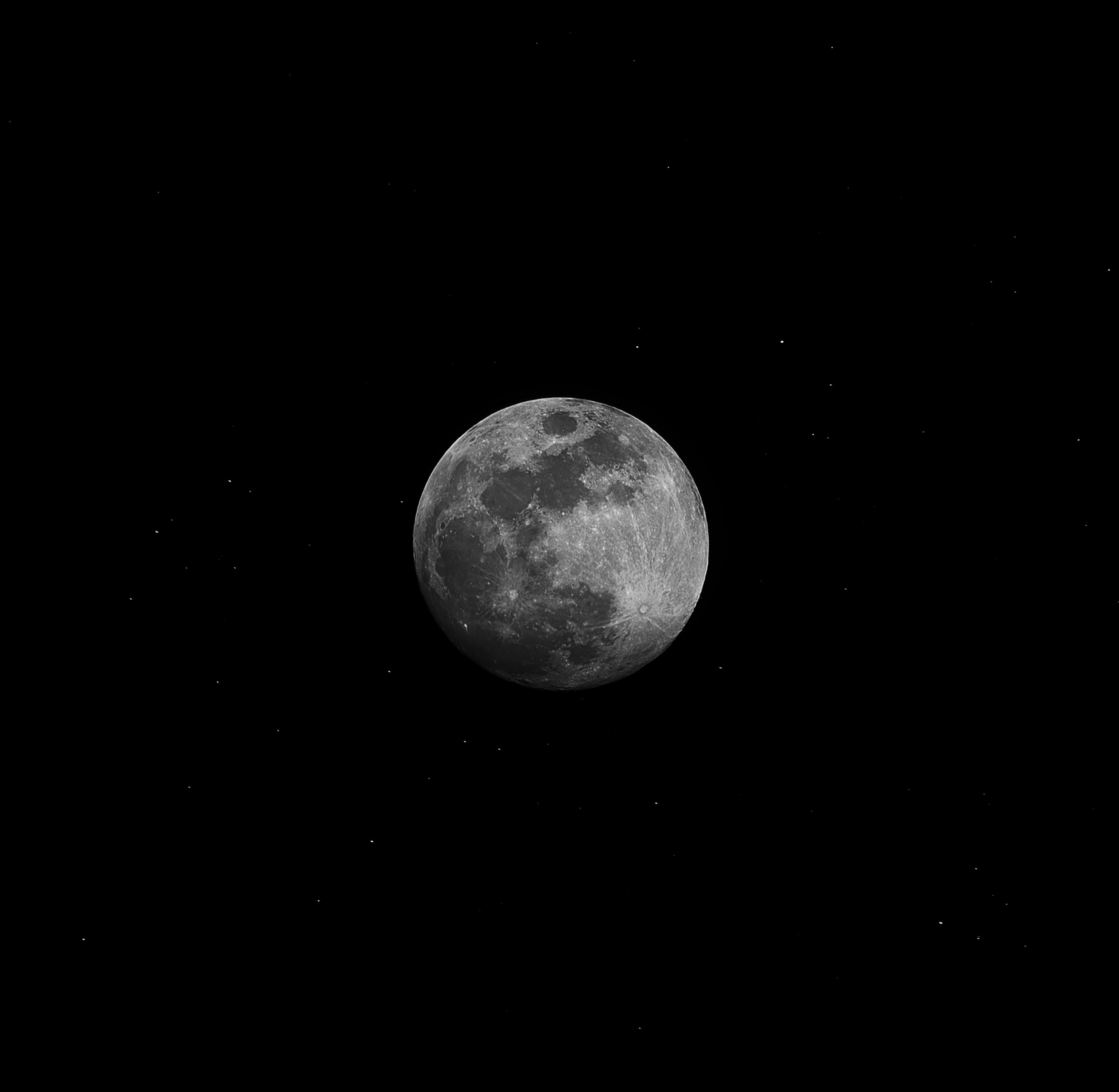Why Did We Only Go to the Moon Once?
July 20, 1969, was a historic day. It marked one of humanity’s greatest achievements—the first time humans set foot on the moon. Astronauts Neil Armstrong and Buzz Aldrin made history as they took those monumental steps, forever etching their names in the annals of space exploration. But as time went on, many started wondering: why did we only go to the moon once? Why didn’t we continue to explore and establish a permanent presence there? In this blog post, we will delve into the reasons behind this decision and explore the complexities of lunar exploration.
The Apollo Moon Missions
The Apollo program was initiated in 1961 by President John F. Kennedy as a response to the Soviet Union’s early lead in space exploration, particularly with the launch of Sputnik. Apollo’s main objective was to land humans on the moon and bring them safely back to Earth. Over the span of nine years, NASA carried out six successful manned moon landings, with the final mission being Apollo 17 in 1972.
The Apollo program was an incredible engineering feat, requiring vast resources and technological advancements. However, it was also very expensive, costing approximately $25 billion (equivalent to over $150 billion today). As the United States faced economic challenges, public support for the expensive lunar missions dwindled. This, combined with shifting political priorities, led to the eventual termination of the program.
Political and Budgetary Considerations
One of the main reasons the United States discontinued lunar missions after Apollo 17 was the changing political landscape. The Apollo program was largely driven by the Space Race between the United States and the Soviet Union, both of whom sought to demonstrate their technological prowess and ideological superiority during the Cold War. Once the United States succeeded in landing astronauts on the moon and fulfilling Kennedy’s challenge, the political rationale for the program diminished.
Additionally, the economic toll of the Vietnam War and other domestic priorities made it increasingly difficult to justify the enormous costs associated with lunar exploration. Public interest in space exploration waned, and funding for NASA’s ambitious projects became scarce. As a result, NASA’s budget was significantly reduced, and the focus shifted towards more economically viable endeavors, such as the development of the Space Shuttle program.
Scientific and Technological Progress
While the Apollo missions were undoubtedly important milestones in human exploration, the subsequent analysis of lunar samples and data revealed that the moon’s surface was not as scientifically intriguing as initially hypothesized. The primary goal of the missions was to collect samples and study the moon’s geology, but after six successful landings, scientists concluded that they had gathered sufficient data to answer the major scientific questions about the moon’s formation and evolution.
Moreover, advancements in robotics and unmanned space exploration opened up new avenues for scientific research. Sending unmanned spacecraft to the moon, such as the Lunar Reconnaissance Orbiter launched in 2009, allowed scientists to continue gathering data and exploring the lunar surface without the need for manned missions.
Habitability and Sustainability Challenges
Establishing a sustainable human presence on the moon would require significant resources, both in terms of financial investment and technical capabilities. Creating a viable lunar base with life support systems, radiation shielding, and other necessary infrastructure would be a monumental undertaking. The challenges associated with sustaining life on the moon, such as the lack of a breathable atmosphere, extreme temperatures, and the absence of water, made it a daunting prospect.
The focus of human space exploration subsequently shifted towards other objectives, such as the development of the International Space Station (ISS), which provided a platform for long-duration space missions and collaborative research. The ISS represented a more practical approach to space exploration that could be sustained over extended periods. It served as a stepping stone for future exploration and laid the groundwork for international cooperation in space.
Future Prospects: Return to the Moon
Despite the cessation of manned missions to the moon, there has been renewed interest in returning to our celestial neighbor in recent years. NASA’s Artemis program, announced in 2019, aims to land astronauts on the moon by 2024. This ambitious endeavor seeks to establish a sustainable presence on the lunar surface, serving as a testbed for further exploration and as an intermediate step towards human missions to Mars.
The Artemis program seeks to leverage both international and commercial partnerships to share the costs and expand the scope of lunar exploration. By doing so, NASA aims to foster an enduring presence on the moon, utilizing it as a center for scientific research, technological development, and testing new approaches for deep-space exploration.
Conclusion
While it may seem perplexing that we only went to the moon once, the Apollo missions were a remarkable achievement that pushed the boundaries of human exploration. The decision to discontinue lunar missions was driven by a combination of political, budgetary, and scientific factors. However, the desire to return to the moon and explore its vast potential has never completely faded away. With the Artemis program on the horizon, the dream of establishing a sustainable human presence on the moon may soon become a reality.
In the words of President John F. Kennedy, “We choose to go to the moon in this decade and do the other things, not because they are easy, but because they are hard.” And indeed, the path to the moon has proven to be challenging, but our enduring curiosity and thirst for exploration continue to drive us forward.
Table of Contents
